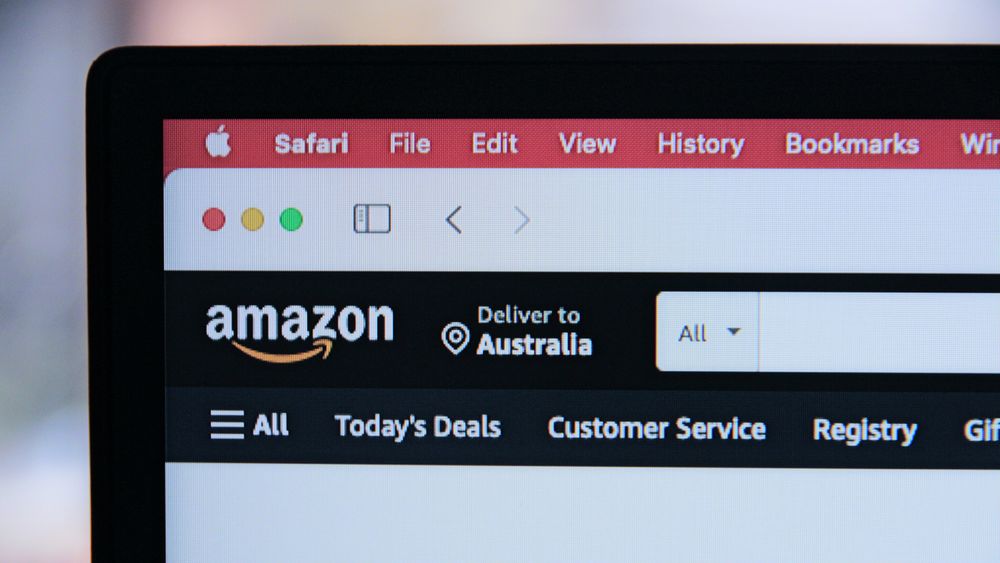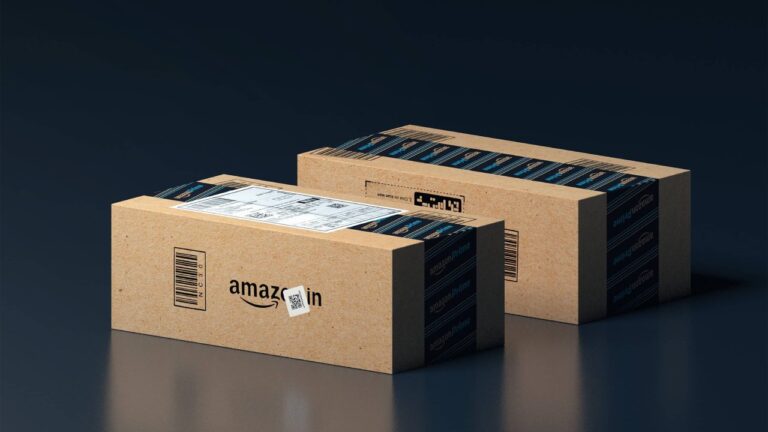14 Types of Ecommerce Business Models that Work
E-commerce models (electronic commerce models) are very helpful for friends who want to start an e-commerce business. They can help companies or enterprises have good positioning, including profit models, consumer groups, consumer markets, sales channels, and so on. Especially for cross-border e-commerce in foreign trade, facing international e-commerce competitors, it is more necessary to have a versatile e-commerce operation model to achieve growth.
In this article, we have compiled some common e-commerce models at home and abroad and will provide corresponding e-commerce model cases. You can analyze your own cross-border e-commerce business and e-commerce models, and find a suitable e-commerce business model type for yourself.
Common Ecommerce Business Models
Categories of ecommerce models according to business models
B2B (Business to Business)
The English full name of B2B is Business-to-Business, which means commerce between two businesses. It refers to a company or enterprise selling goods or services to another company or enterprise. Typically, there is an interchange of identities between the buyer and the seller for commercial purposes.
The development of modern electronic commerce and network technology has also led to the flourishing of the B2B ecommerce industry. Due to the fact that the B2B business model involves transactions between enterprises, it has the characteristic of high order value and long payment cycles.
B2B ecommerce model case
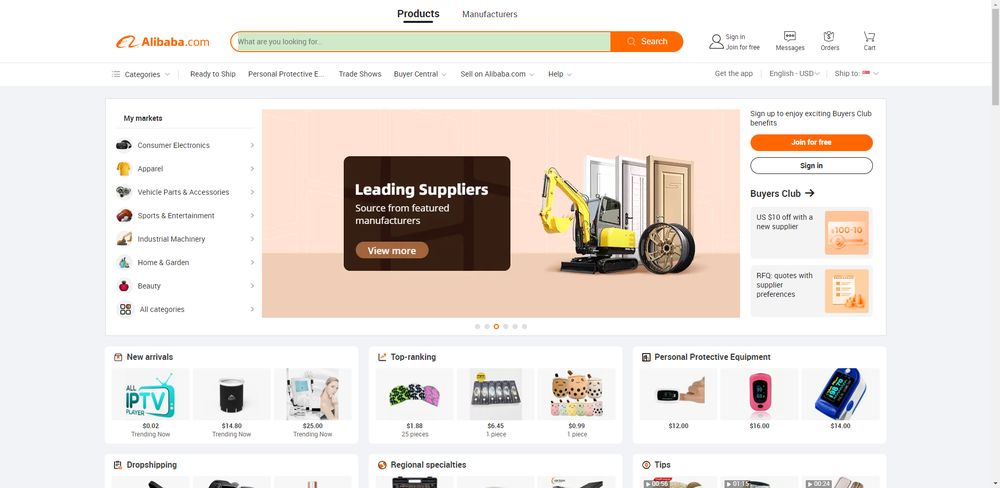
Currently, there are actually many B2B model cases around the world. However, Alibaba and Amazon have made great contributions to the B2B market. Therefore, Alibaba and Amazon’s B2B platforms are also typical cases of B2B ecommerce business models.
B2C (Business to Consumer)
The English full name for B2C is Business to Consumer, which means selling goods or services directly to individual consumers by a company or enterprise. It is currently the most common and widely applied e-commerce model.
According to the statistics of Grand View Research, the global B2C ecommerce market is expected to steadily rise at an annual growth rate of 9.7%. Therefore, consumers will see more and more emerging B2C ecommerce brands. Comparatively, B2C has the characteristics of low order value and a fast payment cycle.
B2C ecommerce model case
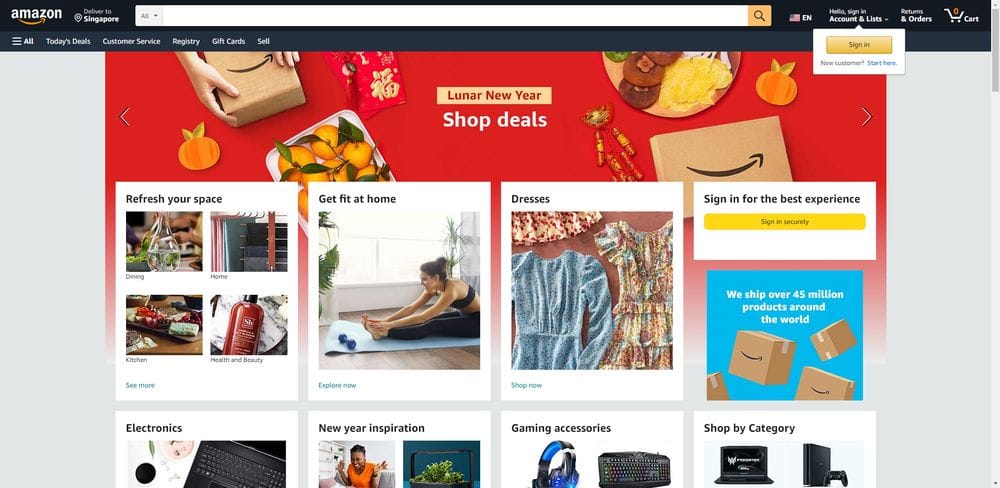
The B2C business model is currently the most common e-commerce model, with familiar examples such as Taobao and Amazon being typical examples of B2C ecommerce websites.
C2C (Consumer to Consumer)
C2C stands for Consumer to Consumer, which refers to a type of business model where consumers transact with each other. However, this model requires a reliable and trustworthy platform for transactions.
According to statistics from Future Marketing Sights, the global C2C ecommerce market is expected to expand at an annual growth rate of 6.2%. For the C2C market, transactions between buyers and sellers depend heavily on a secure and trustworthy platform, which usually charges a basic transaction commission or other service fees.
C2C ecommerce model case
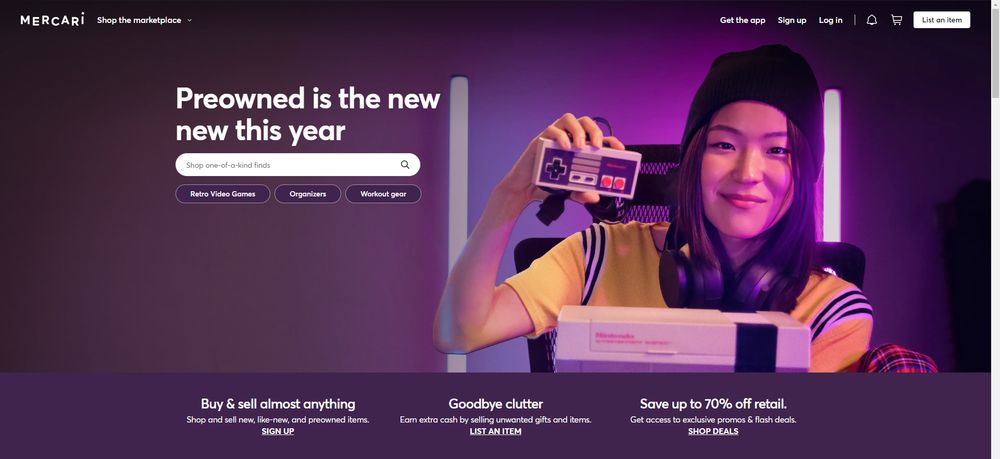
Compared to B2C, the C2C ecommerce model is not as common, but there are still some typical cases of C2C business, such as Etsy, which focuses on creative product trading, Xianyu, a Chinese second-hand trading market, and Mercari, a Japanese second-hand trading market.
C2B (Consumer to Business)
The English name for C2B is Consumer to Business, which means that individual consumers provide goods or commercial services to companies. This business model is common among individuals who possess personal talents and skills to provide services to companies or businesses.
Similarly, the C2B ecommerce model relies on trustworthy third-party platforms, although there are now many freelancers who have built personal websites to sell their services, which is common overseas.
C2B ecommerce model case

The application of the C2B ecommerce model may not be particularly common, but it is more common in the freelancer industry. For example, well-known overseas freelancer platforms like Upwork or Fiverr. In fact, Expert Planet is a website that uses the C2B e-commerce model, but it also includes some B2B and B2C e-commerce models.
B2A (Business to Administration)
The English full name of B2A is Business to Administration. In Chinese, it refers to the business model where enterprises or companies provide goods or commercial services to administrative departments.
B2A ecommerce model case
B2A e-commerce model is relatively uncommon, but in mainland China, you can actually check public tender information on the websites of relevant administrative departments. Additionally, the purchase of hardware, software, and other related products used by administrative departments is also a form of B2A e-commerce.
C2A (Consumer to Administration)
The English full name of C2A is Consumer to Administration, which means that individual consumers provide goods or commercial services to administrative departments. C2A e-commerce models are generally rare, but for administrative departments, some non-core businesses may be outsourced to individuals or companies to complete, which is the basic C2A e-commerce model.
C2A ecommerce model case
Similar to B2A e-commerce models, C2A e-commerce models are not very common, and public bidding in mainland China is generally aimed at companies or enterprises.
B2G (Business to Government)
The English full name of B2G is Business to Government. It refers to an e-commerce activity where businesses provide goods or commercial services to government institutions. B2G is actually quite similar to B2A, with the only difference being the commercial entity providing services to the government.
B2G e-commerce model case
The B2G e-commerce model is not very common, and this model is more common in public tenders of government agencies, and companies or enterprises also rely on project bidding. At the same time, due to cooperation with government agencies, the payment cycle in this mode may be somewhat longer.
D2C (Direct to Consumer)
The English full name for D2C is Direct to Consumer, which means selling products directly to consumers without involving wholesalers or retailers. This model is advantageous as it eliminates intermediaries between the consumers and companies. D2C e-commerce is usually suitable for local commercial brands and has faster logistics compared to B2C and C2C models.
D2C e-commerce model case
In fact, D2C e-commerce is quite common in our daily lives, as local businesses or brands can be considered a type of D2C e-commerce model. Due to the faster logistics and higher transaction frequency of D2C, more and more brands and businesses are choosing this e-commerce model.
Category of e-commerce models according to profit models
Dropshipping
Dropshipping is an e-commerce model that has gained popularity among cross-border online sellers in recent years. With no need to worry about production, inventory, and shipping issues, this model allows you to act as a middleman, directly connecting businesses with consumers. Currently, many cross-border online sellers opt for this model as wholesale suppliers typically offer dropshipping services. Once the seller successfully receives an order, they only need to notify the supplier to deliver the product to the buyer, and the seller will earn a certain profit.
Dropshipping model case
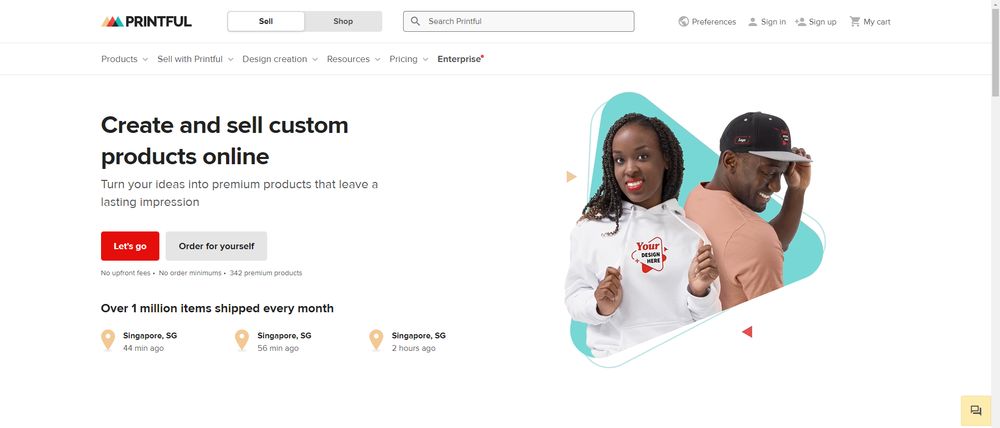
Print on Demand (POD) is a popular service that operates on a dropshipping model. Consumers can customize personalized services with their own favorite designs, while sellers send the designs requested by consumers to POD service providers, who then deliver the goods directly to the buyers.
Wholesaling
Wholesaling is a common ecommerce business model in which goods are not sold directly to consumers but are instead sold to other retailers or sellers at wholesale prices lower than the market price.
Wholesale model case
In mainland China, when wholesale is mentioned, many people will think of Alibaba. That’s right, Alibaba not only has the C2C platform Taobao and the B2C ecommerce platform Tmall, but also launched the Alibaba platform for B2B, which is a typical example of the wholesaling model.
Private Labeling
Private Labeling refers to a model where a company with its own brand collaborates with a manufacturer to produce goods based on the brand’s requirements. In this model, the brand can make requests regarding the production and packaging of the goods.
Private labeling model case
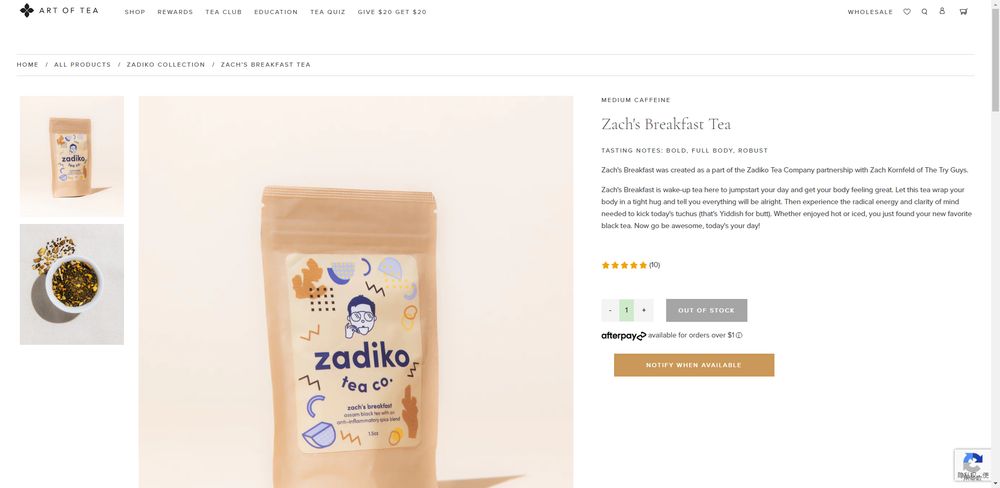
This model has become increasingly common in the era of internet celebrities, and Zadiko is a typical example. It is a tea company founded by YouTube star Zach Kornfeld, which chose to customize its products in collaboration with the tea manufacturer, Art of Tea, and then sell them through its own social influence.
White Labeling
White labeling refers to the practice of a company or business selling a product using their own trademark or brand, even though the product is manufactured by a third party. Although similar to the private label model, in the white label model, the company or business has no control over the production of the product or related processes such as packaging.
White labeling model case
The white label model is common in contract manufacturing industries and is widely used in the digital electronics and cosmetics sectors. If you are considering selling products through white labeling, you can find corresponding manufacturers on the Alibaba platform.
Subscription Service
The subscription service model is a type of model where customers pay for goods or services on a regular basis. This model is quite common in our daily lives and has become increasingly popular as it allows customers to maintain long-term payments.
Subscription service model case

The subscription model can be easily found in various aspects of our lives, such as Netflix membership for watching TV shows and movies, monthly subscriptions for software and online services, and many more.
What is the e-commerce business model?
The full name of e-commerce business model is electronic commerce model, which refers to the operation and profit model of e-commerce. With the gradual maturity of e-commerce and the development of modern computer networks and big data, the research and analysis of the classification system for e-commerce models has emerged.
How should I choose an e-commerce business model?
What Is Your Product?
Currently, due to the abundance of B2B e-commerce markets and the diversity of products available, sellers have countless options when it comes to choosing what to sell. This decision is crucial as it directly impacts the e-commerce model chosen. Sellers can choose to sell physical products, digital products, electronic products, or virtual services, among others. The category of service chosen will directly influence your business plan.
Who is your consumer group?
Defining the target audience of e-commerce can greatly assist in market positioning of goods, understanding the preferences of your consumer base, and providing corresponding products and services tailored to your target audience.
What are your own features?
Combining your passion with e-commerce can help you develop a keen sense of industry trends, allowing you to quickly identify consumer needs and market trends. This, in turn, can help you better manage your e-commerce business.
E-Commerce Business Model FAQ
How much budget do I need to do e-commerce?
Due to the variety of e-commerce models, there is no exact figure for the budget required to start an e-commerce business. You can choose to spend less money by joining a cross-border e-commerce platform, or spend more money to have your own independent cross-border website. In any case, it is important to control your budget wisely, reduce costs, and increase sales profits.
Is E-commerce Still Worth Joining?
Yes, it is worth it. One of the reasons why e-commerce is worth joining is because, in this era of the internet, people’s enthusiasm for online shopping is increasing. According to relevant statistics, as many as 27% of the world’s population likes online shopping, and by 2022, there will be as many as 214 million online shoppers worldwide. In addition, global online retail sales will exceed $7 trillion by 2025, which also means that the e-commerce industry has a bright future ahead.
Summary
Understanding the e-commerce business model is essential knowledge for anyone involved in e-commerce. Once the e-commerce model is determined, e-commerce professionals can develop other plans based on the actual situation. The development of e-commerce models has become quite mature, and new e-commerce models may emerge in the future. If you want to learn more about cross-border e-commerce or foreign trade, you can also consider joining cross-border e-commerce forums or foreign trade forums.
